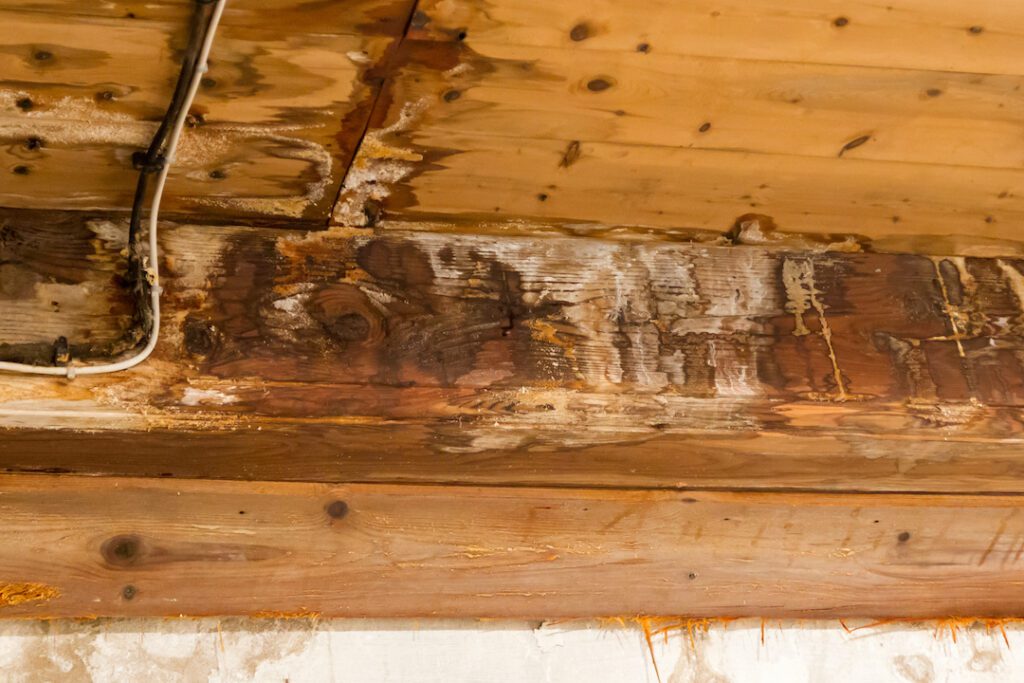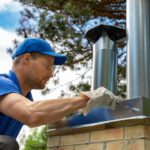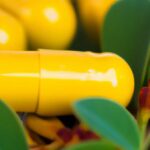The weather outside can be hard on our roofs. Rain, hail, and snow can all cause significant roof damage. Once leakage occurs, things become dire. Leakages not only defeat the purpose of having a roof altogether, but the damage caused to the structure of your home as well as personal property can be devastating.
Roof leaks can be caused by a various types of water damage. Get a professional to come out to check your roof before things get too bad.
Leaks
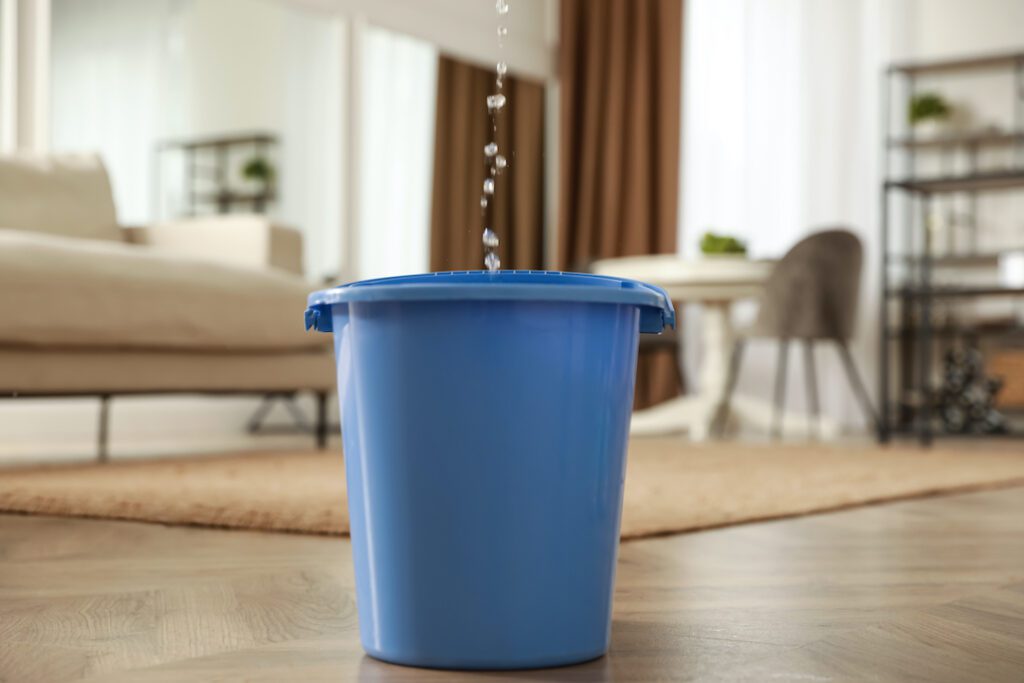
Once your roof is leaking the most important thing you can do, aside from calling a professional, is to contain the leak. It’s important to prevent as much water damage as possible. Use a trash can or bucket to hold the water.
You might want to prop up a board inside the container to reduce the sound of the drip. If the leak is bad, you may want to use a screwdriver to make the hole bigger, so the water doesn’t pool and spread causing more damage.
Water damage
Moisture damage is a problematic sign that your roof may need repairing or replacement. Luckily water damage leaves a visible mark that can help to alert you or an inspector to potential issues.
Water stains are usually brown, yellow, or grey and peeling paint often accompanies them. Have an inspector come out and check for water damage so they can deal with the rot that may be underlying it.
Sagging roof
This is a giant red flag when it comes to water damage. A roof that droops inward generally indicates that water has rotted the boards under the surface of your roof. This can cause a lot of damage to the structure of your home or lead to the collapse of your roof, if not treated in time.
You can often notice a sagging roof when looking at the roof lines of your home from across the street or with some distance. A professional will be able to assess the damage and repair your roof.
Mold, Fungi or Moss
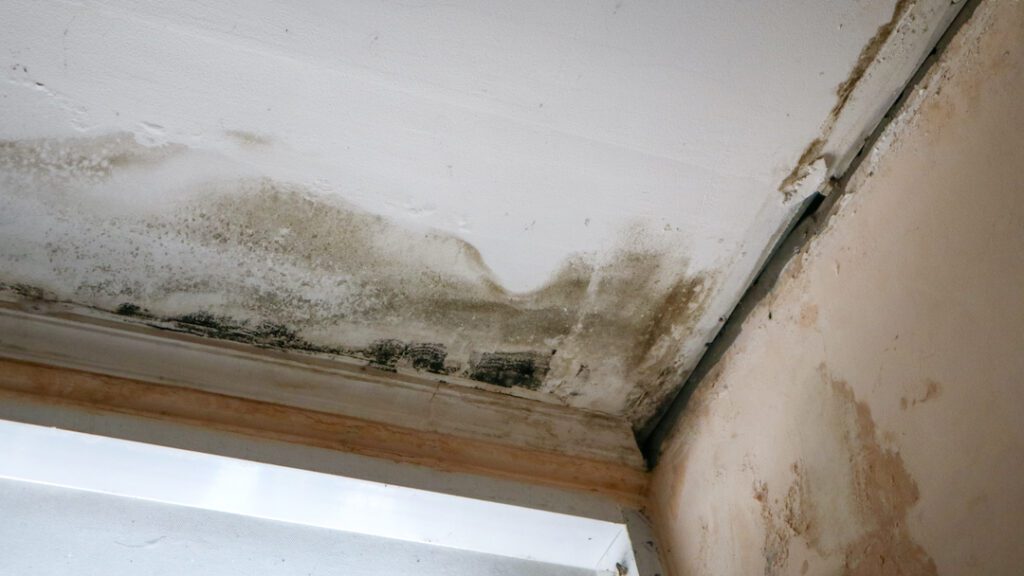
Keeping your roof clear of moisture trapping substances like moss, mold and any other kind of fungi is a huge help when it comes to preventing damage to your roof. You can clean your roof yourself or hire someone to do it. Just make sure that these moisture trappers are cleared away from corners or any other dark areas using a stiff brush to keep it all clear.
If you find that the problem is deeper than the surface area, you may need to get it cleared by a professional.
Being aware of these potential hazards will help you to resolve them as they occur, rather than dealing with heavy damage down the road. Likewise, having professional roofing inspector come out on a regular basis will save you money and heartache down the road.


